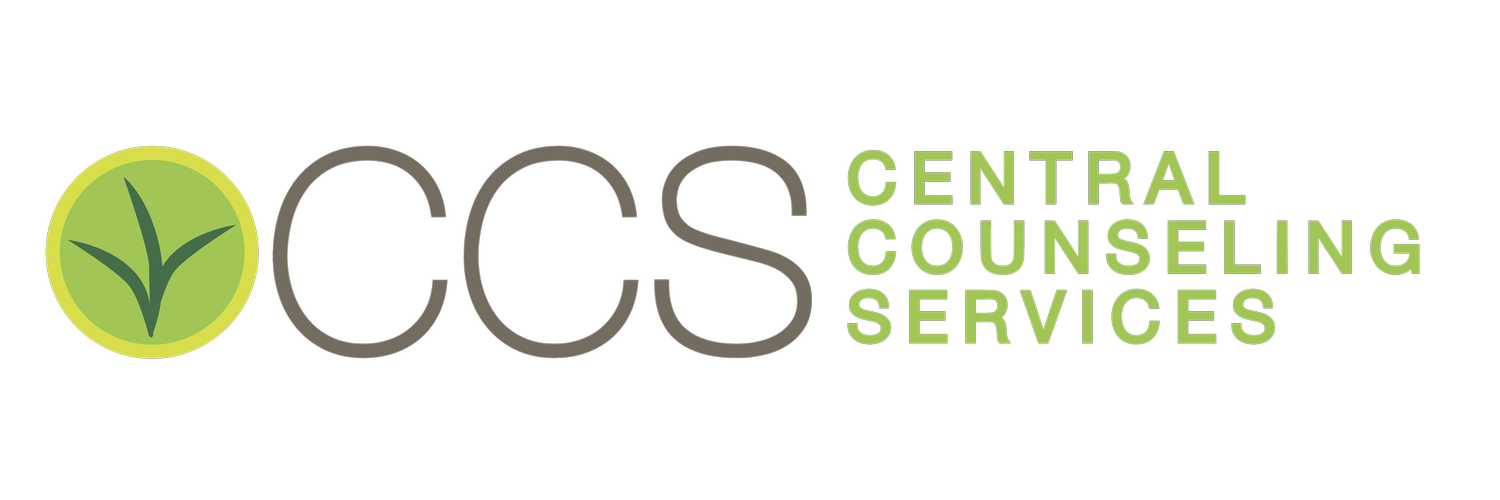Blog



The three levels of Monitoring Your Children
Supervision does not take laser-focused intensity: nor does it take exhausting yourself with keeping them entertained. It calls for three levels of monitoring. Each of these levels is necessary; for them AND for you. In order for you to not drive each other “crazy”. Plus the child receives the full benefit of autonomy and parental interaction!



Need a A Push To Start Therapy?
Counseling can be scary; we make it not so scary. Call us today.
